We set out to create a metal-friendly pedalboard for under $500/£450 - this is what happened
Is it possible to explore the dark side of tone and unleash hell on a strict budget?
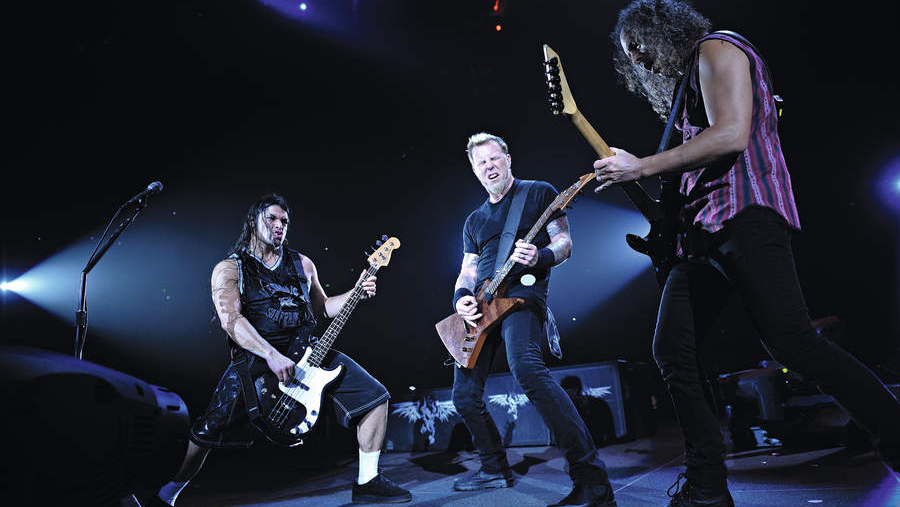
Metal mainstays Metallica, Anthrax and Megadeth, nu-metal titans Korn, Slipknot and Limp Bizkit, and beyond to modern metal pioneers Malevolence, Spiritbox and Sleep Token, all share one massive thing in common; a killer guitar tone that will melt your face off if you get too close. This high-gain, brutal tone is something many guitarists are chasing, but there is a small problem - this sound does not come cheap. All the top artists in this field rely on a slew of effects pedals to achieve this hellraising sound, and it can get pricey pretty quickly.
TC Electronic Fangs Distortion - $49/£49
Ibanez Tube Screamer Mini - $70/£55
Behringer NR300 - $29/£24
TC Electronic The Prophet - $49/£45
Electro-Harmonix Neo Clone - $86/£69
T-Rex Fuel Tank Junior -$100/£85
On-Stage GPB200 pedalboard - $64/£67
Patch cables - $20/£10
Total cost = $467/£404
Here at MusicRadar, we've set ourselves a challenge. We wanted to put together a giggable, impressive-sounding metal pedalboard that could easily go toe to toe with a professional 'board for under $500/£450.
We wanted to prove just how far modern pedals have come, particularly the bottom end of the market. We strongly believe that the golden age of effects wasn't in the '70s, with the birth of the compact pedal, but today! In reality, pedal technology has never been better and guitarists have never had so much choice.
So, what better way to demonstrate how good budget pedals are right now than tackling one of the most challenging sounds to nail; metal. As well as showcasing our favourite inexpensive pedals in each of our chosen categories, we've also made sure to include a money-no-object alternative for those who aren't all too concerned about the budget and just want the gnarliest tone possible, no matter the cost.
Metal pedalboard essentials

Obviously, before we can assemble the ultimate metal pedalboard, we must first decide what the most important stompboxes are to bring the doom. At the top of the list is, of course, a high-gain distortion pedal. This pedal will provide the bedrock of our tone, so it's critical that we choose a stomp that's not only affordable but versatile enough to cover a wide range of sub-genres and playing styles. Next is the boost. Every guitarist needs a way to elevate their tone for a solo or lead break, but it can be tricky for metal players to find a boost that plays well with an already gained-up amp - so whatever boost we choose must be able to handle a high-gain tone.
With that in mind, a noise gate is a must for a furiously filthy 'board such as this one. With so much gain dialled in, it won't be long before the hum and squeals become unbearable, so a powerful noise gate should keep that in check.
Moving on, we get to the more fun end of the pedalboard, the effects. Now, while it's true that some metallers don't use that many effects, there are still a few that can be found on most heavy pedalboards. A good, versatile delay is a welcomed addition to any rig, so we needed to add one here. Whether it's to add dimension to lead lines or enrich clean parts, delay pedals can transform a guitar part. Finally, we needed a modulation of some kind. While we could've chosen a phaser, flanger, or tremolo, and either of them would've been a viable choice, we instead opted for chorus. Favoured by the likes of Zakk Wylde, Alexi Laiho and countless others, this is an extreme music staple and most definitely needs to be on our affordable metal pedalboard.
Distortion
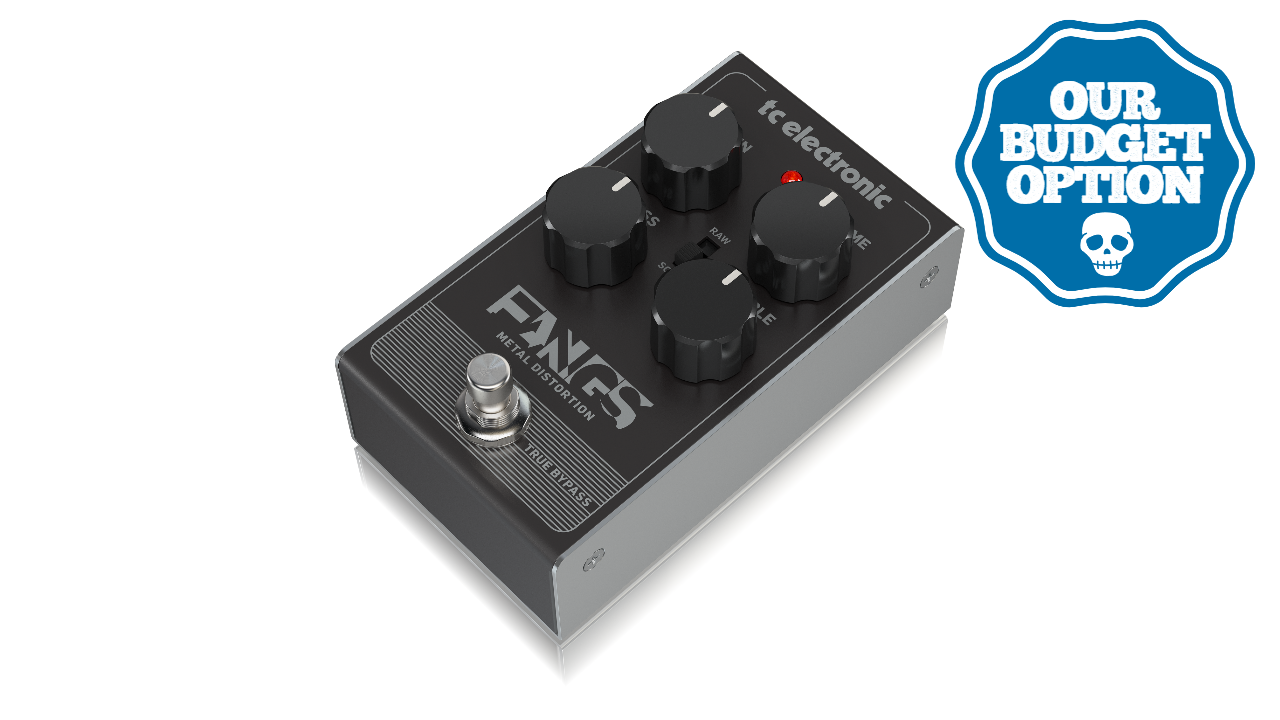
1. TC Electronic Fangs Distortion
Our expert review:
Specifications
Reasons to buy
Reasons to avoid
The TC Electronic Fangs has a very simple mission statement - to deliver high-gain thrash tones to the masses, and we are happy to report that it certainly achieves its goal. There is so much gain on tap from this plucky distortion pedal that you really need to hear it to believe it. The Fangs will happily cover a wide spread of metal sub-genres, from thrash to doom, death metal and metalcore, to name a few.
The secret weapon of the Fangs is the switch located in the centre of the pedal, which allows users to choose between Raw, Fat or Scoop mode. This convenient control gives you advanced command over the mid frequencies, and as you know, that's an incredibly influential frequency range for metal guitar.
Raw mode is ideal for those seeking classic '80s metal, Fat will bring the house down with a thick and powerful tone, while Scoop mode harkens back to the distinctive tones found in nu-metal.
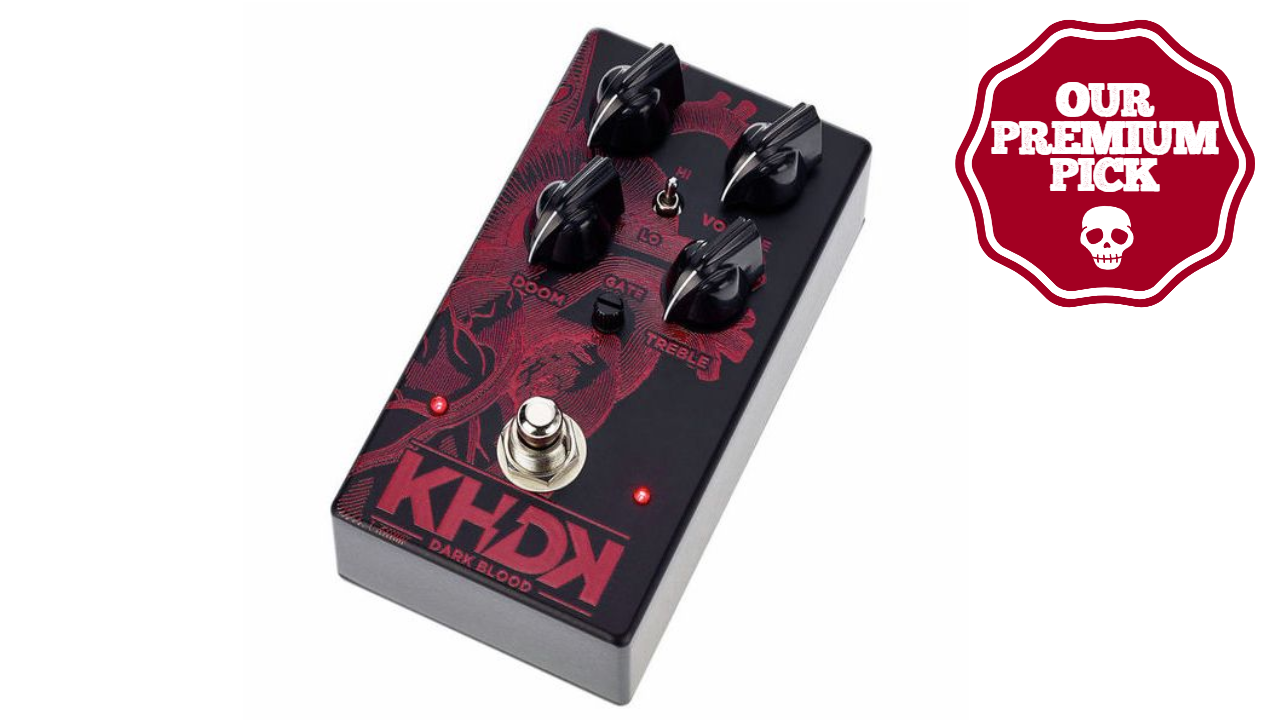
2. KHDK Dark Blood
Our expert review:
Specifications
Reasons to buy
Reasons to avoid
Okay, we've covered an impressive, affordable distortion pedal, but the KHDK Dark Blood is impressive for a totally different reason - this pedal is brutal-sounding! Brought to you by Metallica's Kirk Hammett and his pedal-making business partner, David Karon, this is a beautifully crafted stompbox that's unequivocally not hardwired to self-destruct but rather stand the test of time and deliver a bone-crushing tone that will leave your audience stunned.
With an onboard noise gate, the background noise is kept to a minimum, meaning you can crank the gain without fear. Better yet, the Doom knob can be used to dial in a monstrous amount of low-end, which results in a meaty tone that is full, thick and heavy!
The tone is further tweakable, thanks to the Hi/Lo switch. We found that the Lo setting is ideal for rhythm, while the Hi mode is more suited to solos and lead breaks. For us, this is a super versatile pedal that more than delivers the tone you'd expect from something bearing the Hammett name.
Read our full KHDK Dark Blood review
Boost
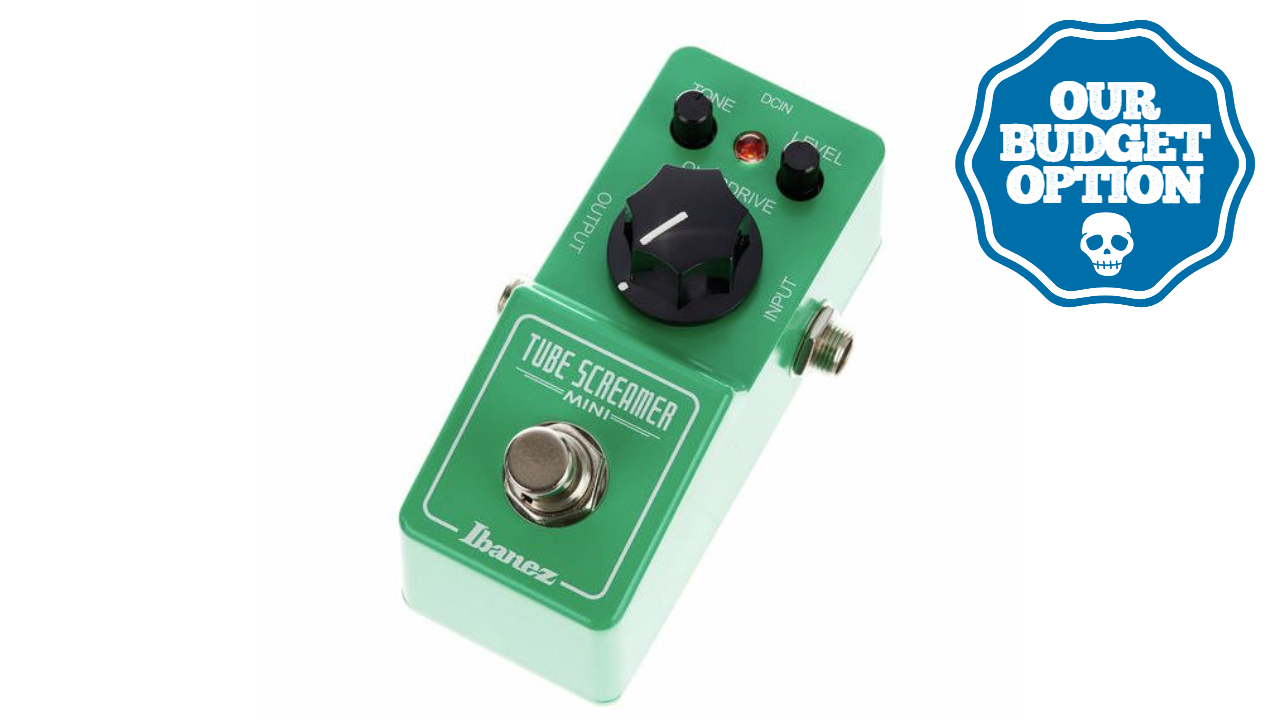
3. Ibanez Tube Screamer Mini
Our expert review:
Specifications
Reasons to buy
Reasons to avoid
The humble Ibanez Tube Screamer has been a metal pedalboard mainstay for decades and you may be shocked to discover that it's actually a very inexpensive pedal to purchase. Technically an overdrive and not a stand-alone boost, the Tube Screamer is beloved by guitarists who prefer the more extreme end of the music spectrum as well as blues aficionados.
Famed for the way it tightens the low-end frequencies, some guitarists choose to always have the Tube Screamer on to sweeten their distortion tone. Others use the mean green tone machine's pronounced mid-range to their advantage as a boost for solos.
However you use the Ibanez Tube Screamer, one thing we can all agree on is that this is a must-have pedal for any metal pedalboard.

4. Walrus Audio Emissary Parallel Boost Pedal
Our expert review:
Specifications
Reasons to buy
Reasons to avoid
This boutique-level boost from Walrus Audio is a somewhat unique take on a simple unit designed to make your guitar louder. Featuring two independent boost circuits running in parallel, this pedal is extremely versatile and has plenty of volume on tap - perfect for making sure your sweep-picking is heard over the thunderous double kick and down-tuned bass guitar.
The bright boost is a JFET circuit that delivers a high headroom jolt of volume that's clean and clear, with an abundance of high-end sparkle. The other boost circuit is a mid-boost that drives the midrange frequencies - which can be targeted at 1kHz or 800Hz via the toggle switch - meaning you'll most certainly be heard.
Better yet, the Emissary also features a momentary function for a quick burst of boost for short sections. Simply press and hold to temporarily activate the effect and release your foot when you want to return to your normal tone.
Noise Gate
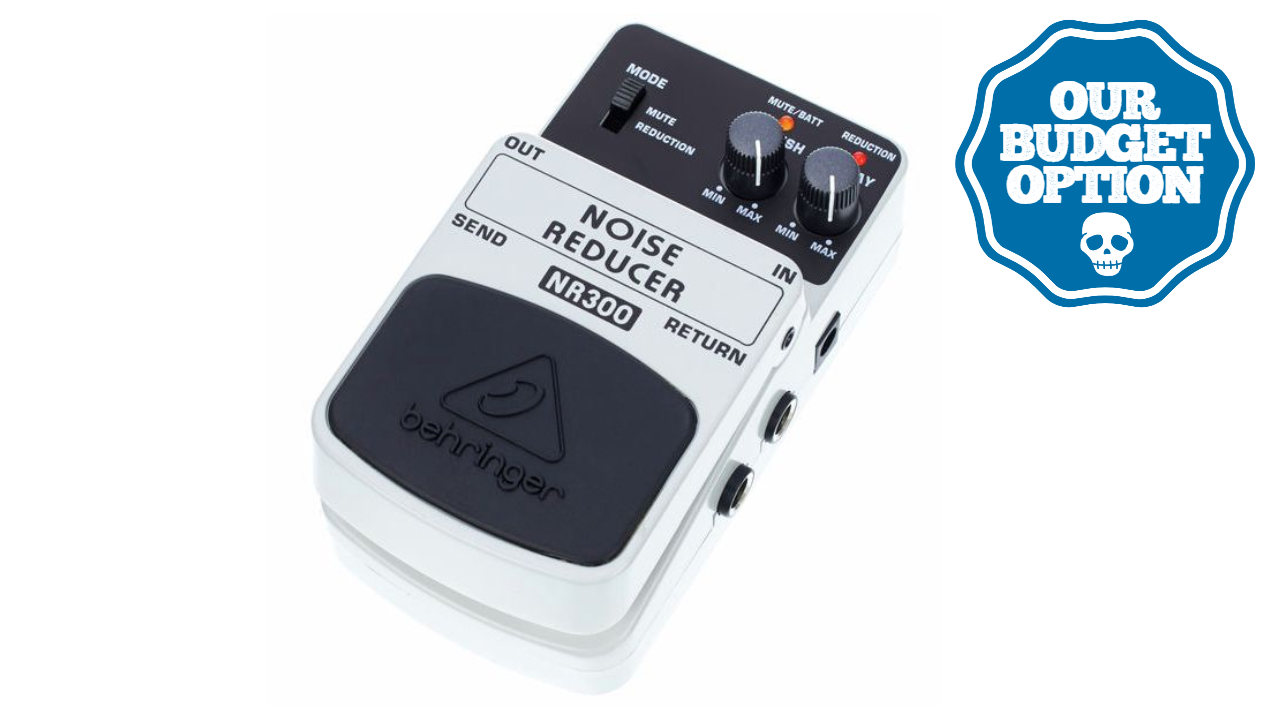
5. Behringer NR300 Noise Reduction Pedal
Our expert review:
Specifications
Reasons to buy
Reasons to avoid
Yes, we get it, the noise gate isn't exactly a sexy guitar pedal, but let's face it when you play with this much gain, you need one. Luckily, they don't need to cost the earth - especially if you turn to Behringer.
The Behringer NR300 is a pretty basic affair, but to be honest, that suits us. Featuring just a duo of controls - Threshold and Decay - you can dial in the perfect setting in seconds. What's more, you can even change the NR300 to be a dedicated mute switch at the flick of a switch.
So, if you're looking for a basic noise gate that will shun your unwanted hum and noise to the depth of hell - but is also easy on the wallet - then the Behringer NR300 is the pedal for you.
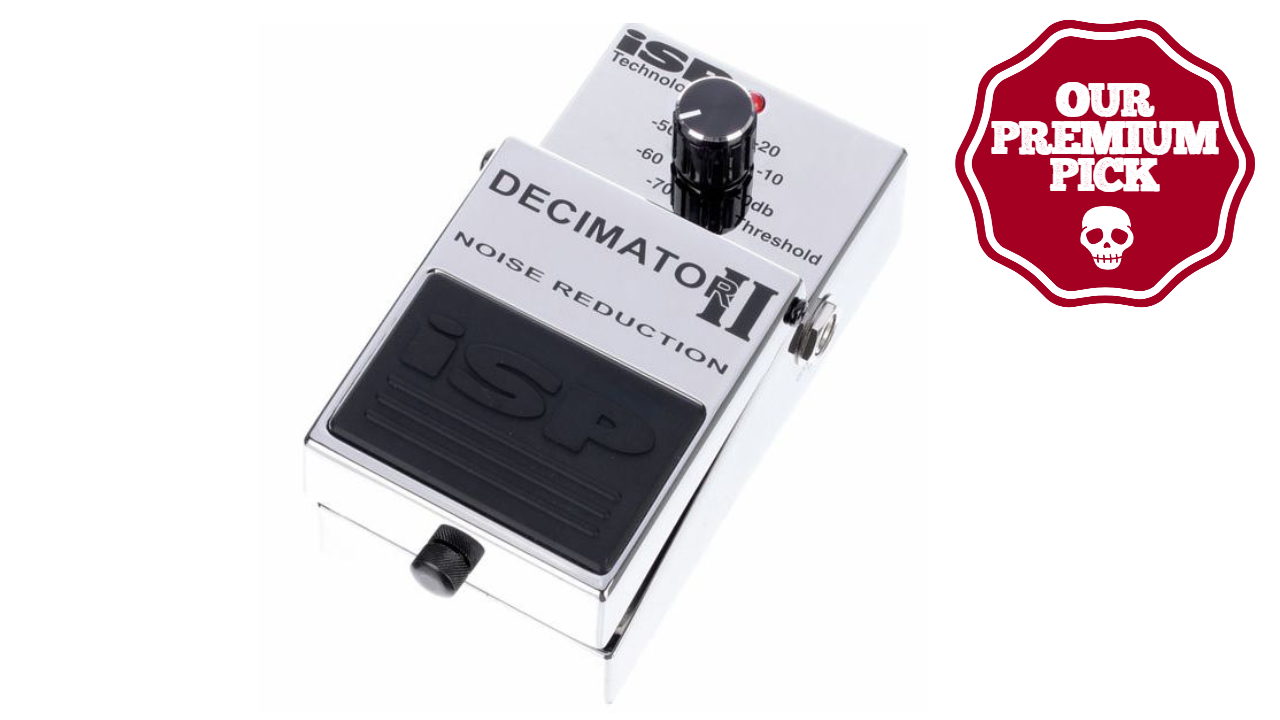
6. ISP Decimator II
Our expert review:
Specifications
Reasons to buy
Reasons to avoid
Brent Hinds, Misha Mansoor, Tosin Abasi, Devin Townsend, Willie Adler, Zacky Vengeance, Christian Martucci, Scott Ian, and Dominic Landolina are just a few of the names that call on the noise-reduction powers of the ISP Decimator.
There's a reason all these metal heavy-hitters depend on this pedal - it's simple, solid and works perfectly every single time. With just a solitary threshold control, this pedal couldn't be easier to dial in - simply set the threshold to the optimal level for you and forget about it.
Yes, this pedal is a fair bit more expensive than the Behringer, but this is a professional-grade noise gate for those serious about their tone.
Delay
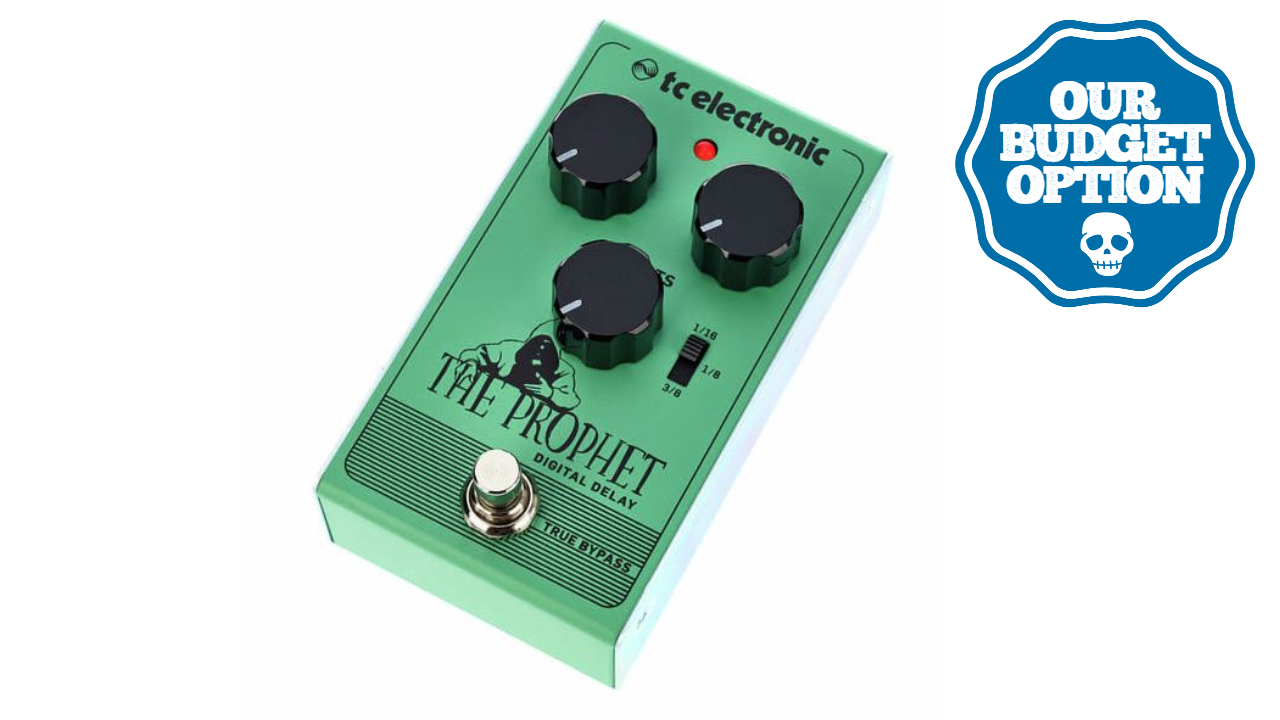
7. TC Electronic The Prophet Digital Delay
Our expert review:
Specifications
Reasons to buy
Reasons to avoid
Delay is the perfect effect to add a little pizazz to certain guitar parts, be that depth to a solo or a rhythmic flare to riffs. Now, when we want an affordable delay unit that retains the quality of the pricier pedals, we always turn to the Danish stompbox masters, TC Electronic.
Now, when scrolling through the extensive TC catalogue, we weren't exactly short of options when it comes to high-quality delay pedals. The ever-popular Flashback, Echobrain and Alter Ego were all considered, but in the end, we decided to opt for the stunning clarity of the Prophet delay.
For us, the TC Prophet gave us the modern, bright, crystal-clear delay we were looking for. An added bonus was the onboard 3-position switch, which allows you to instantly set the maximum length of the delay time - 200, 500 or 1300 ms - meaning you spend more time riffing than faffing with your pedal.
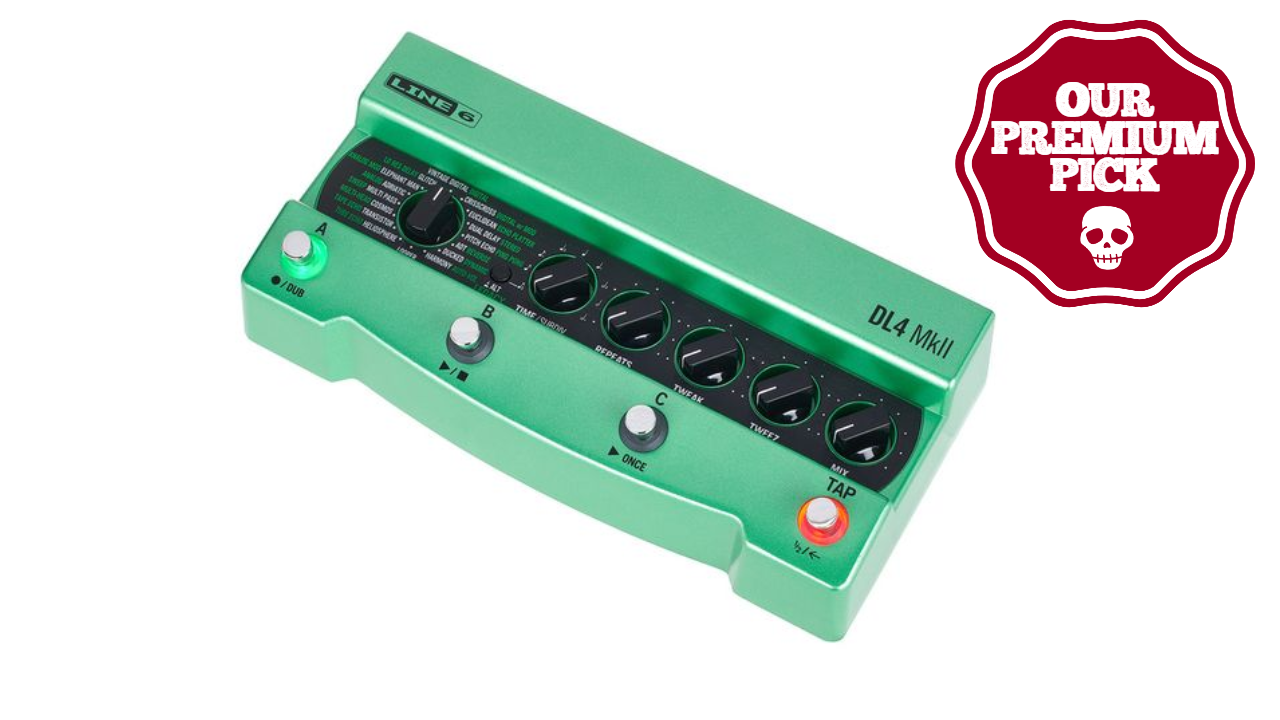
8. Line 6 DL4 MKII
Our expert review:
Specifications
Reasons to buy
Reasons to avoid
Everyone from James Hetfield and bandmate Kirk Hammett to Tony Iommi, Adam Jones, Mick Thomson, John 5, and many, many more have used the original Line 6 DL4 in a live or studio setting - making this one of the most widely used delay pedals in the metal world.
So, you can imagine how excited the guitar community was when Line 6 announced they were making the long-awaited sequel to this much-loved delay. The new unit kept the features that made players fall for the original DL4 but shrunk down the massive enclosure into a more pedalboard-friendly format while adding a few valuable extras.
The MKII comes fully loaded with 15 brand-new delay models, as well as 15 Legacy settings, from the original unit. So no matter the sound you're looking for, you'll find it here.
Chorus
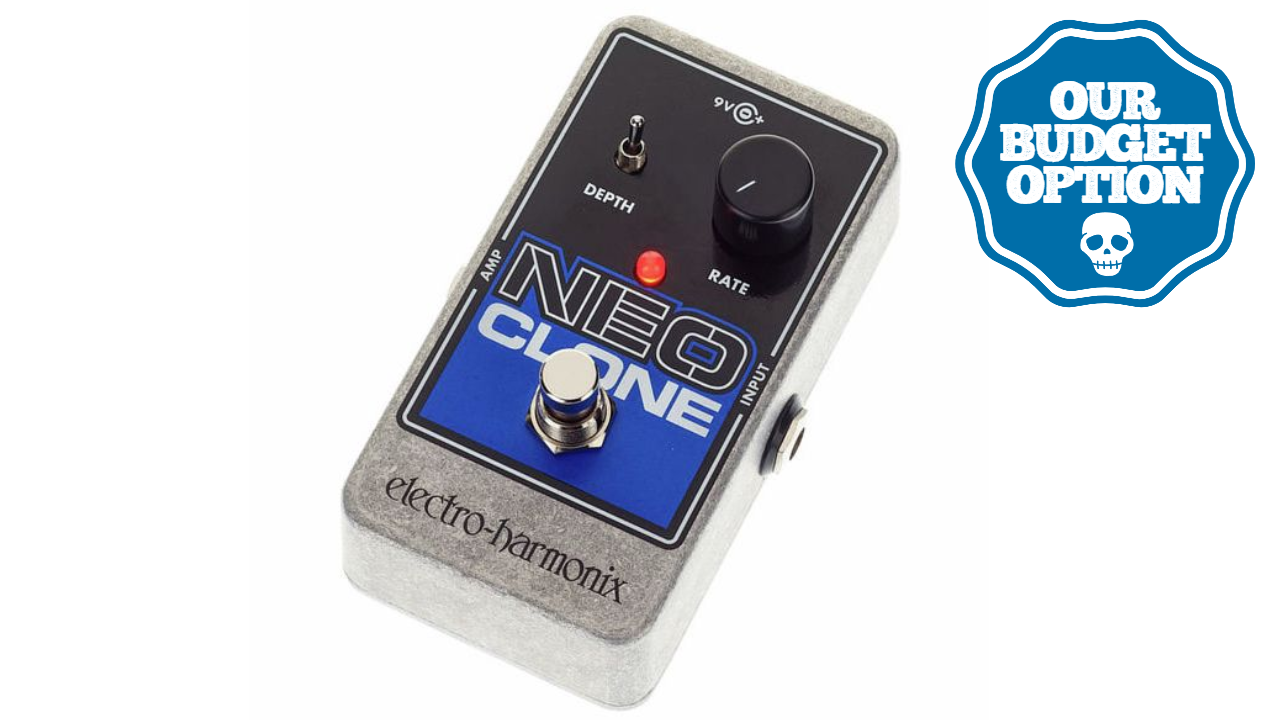
9. Electro-Harmonix Neo Clone
Our expert review:
Specifications
Reasons to buy
Reasons to avoid
Chorus isn't just for recreating the lush, clean guitar sounds of '80s pop or alternative; it can also enrich the heavier side of tone as well. Whether used to beef up cleaner parts or to mimic the sound of two guitars, the chorus is a valuable addition to any metal pedalboard.
When trying to pick an affordable chorus pedal, there was only going to be one option that got a slot on our hypothetical 'board, the outstanding Electro-Harmonix Neo Clone - even if this pedal was twice the price, it would still make the grade for us.
This simple pedal houses the same bucket brigade chip as its big brother, the Small Clone, and just like its brethren, it's also a true analogue circuit. With a single Rate control and a switch for the depth, this pedal is simple, robust and sounds incredible.
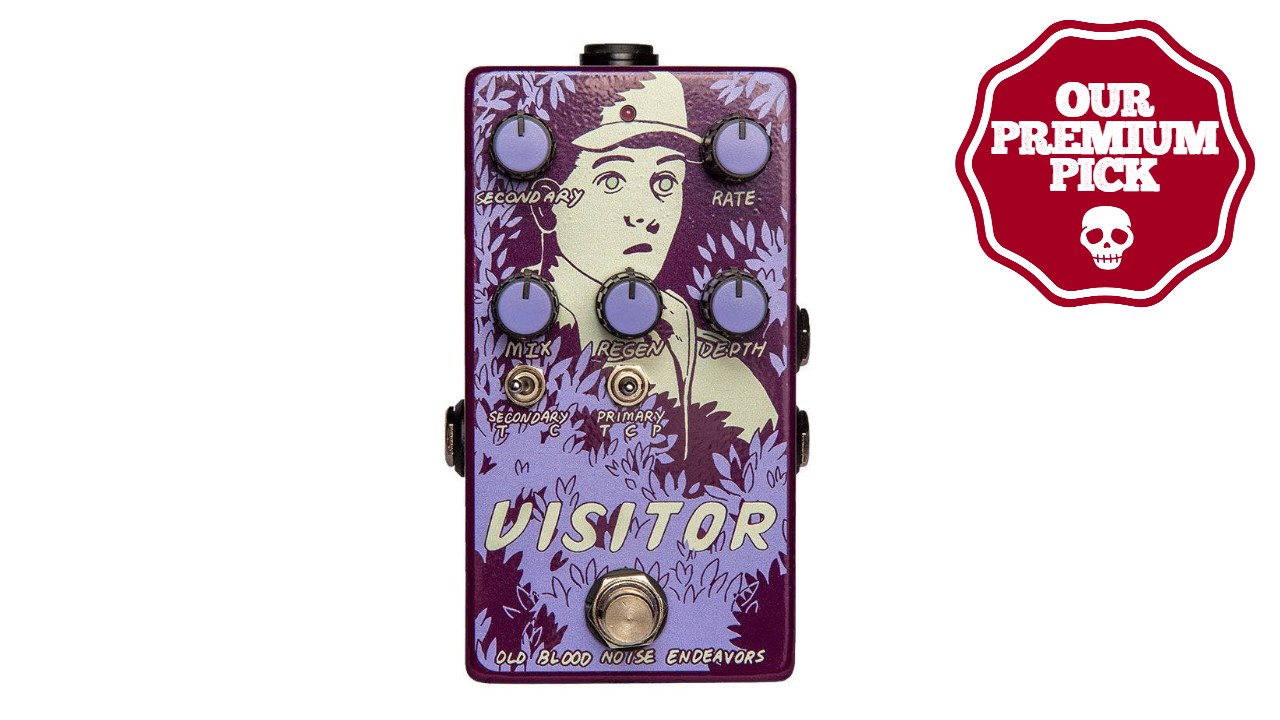
10. Old Blood Noise Endeavors Visitor Parallel Multi-Modulator
Our expert review:
Specifications
Reasons to buy
Reasons to avoid
Okay, if the Neo Clone kept things simple, then the Visitor goes in the opposite direction, bringing a trio of modulation to the table and a wealth of controls.
Something special happens when you run two modulation pedals together, and that's exactly what Old Blood Noise Endeavors are trying to recreate in a single unit. On the surface, the Visitor seems like a fairly standard modulation pedal, with the option to choose between tremolo, chorus and phaser, but things get very interesting once you engage one of the parallel secondary modulation options.
This pedal will happily do simple chorusing and wide phaser sweeps, but it can also take your tone into dark, scary new territories, so you may want to be careful with this one.
Pedalboard & Power
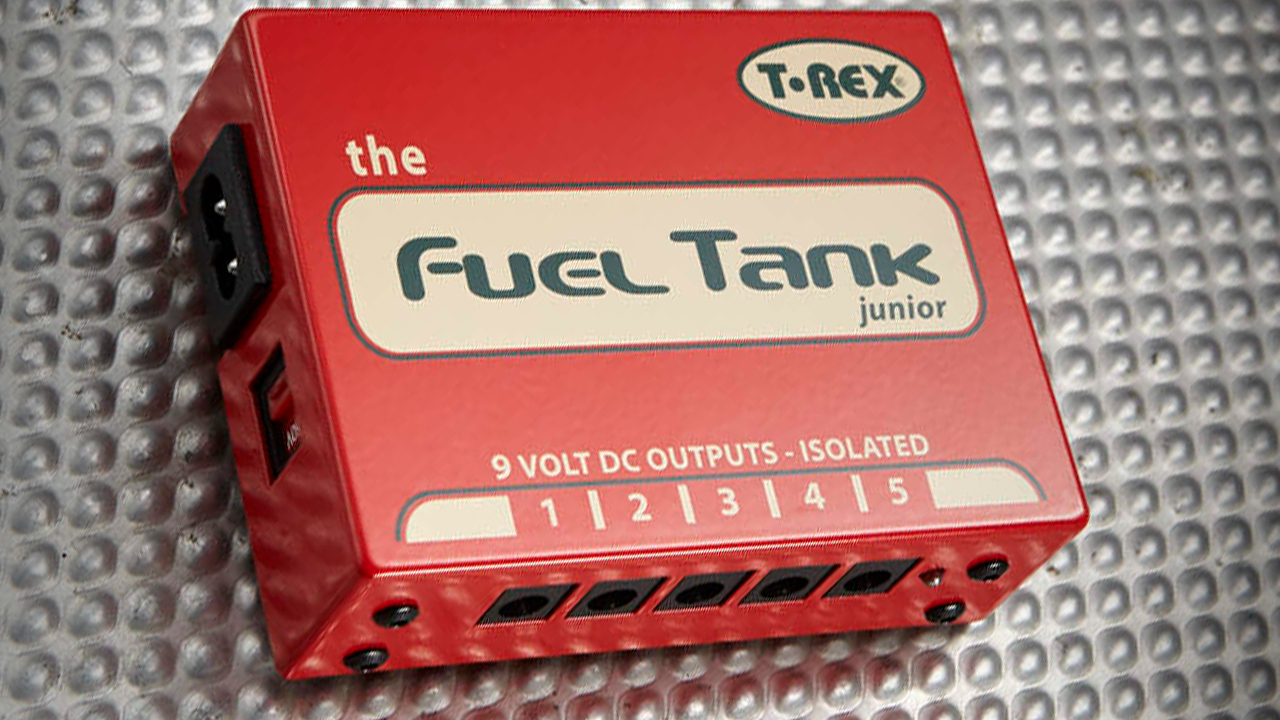
Okay, to finish off this behemoth of a metal pedalboard, you're going to need power. Obviously, there are many well-made and robust pedal power supplies out there, but for our purposes, the T-Rex Fuel Tank Junior 5-Way Pedal Power Supply is easily one of the best around. The aptly named Fuel Tank has just the right amount of juice to power all five of our pedals, supplying a quintet of 9V fully isolated outputs that are both clean and quiet - perfect.
For the pedalboard itself, we've opted for the On-Stage GPB2000. This compact pedalboard is specifically designed to take five standard-sized pedals - ideal for this build - and even comes with its own padded carry bag. Made from aluminium and clocking in at 2.75 lbs, this 'board is extremely lightweight and very durable. We're in no doubt that this affordable pedalboard can handle the harsh conditions of the road.
To connect all the pedals together, you'll need a few patch cables. Now, while we always recommend getting the best guitar cables you possibly can, if you are sticking to a tight budget, then you can easily grab six Donner Patch Cables for as low as $20/£10! Okay, they aren't as high quality as something from a big name such as Ernie Ball or Planet Waves, but for this price, they are ideal to get you started.
Related buyer's guides
MusicRadar's got your back
- Need a riff machine? Here are the best metal guitars
- These are the best distortion pedals for metal
- Find your high-gain hero with the best metal amps
- Enter seventh heaven with the best 7-string guitars
Want all the hottest music and gear news, reviews, deals, features and more, direct to your inbox? Sign up here.
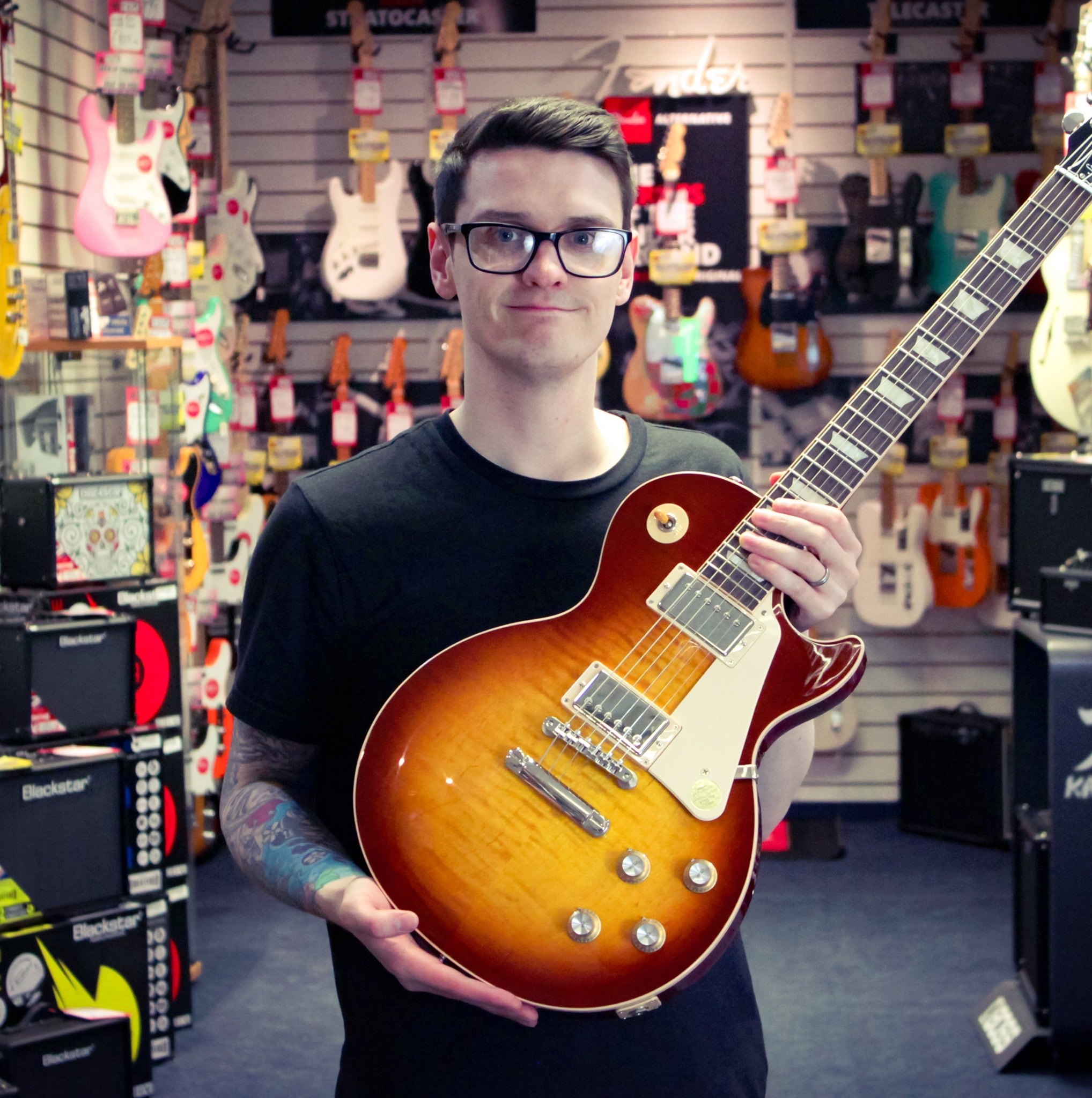
I'm a Senior Deals Writer at MusicRadar, and I'm responsible for writing and maintaining buyer's guides on the site. As part of my role, I also scour the internet for the best deals I can find on gear and get hands-on with the products for reviews. My gear reviews have been published in prominent publications, including Total Guitar, Guitarist, and Future Music, as well as Guitar World.com. I've also had the privilege of interviewing everyone from Slash to Yungblud, as well as members of Sum 41, Foo Fighters, The Offspring, and many more.
In a previous life, I worked in music retail, selling everything from digital pianos to electric guitars. I'm also a fully qualified sound engineer who holds a first-class Bachelor's degree in Creative Sound Production from the University of Abertay.